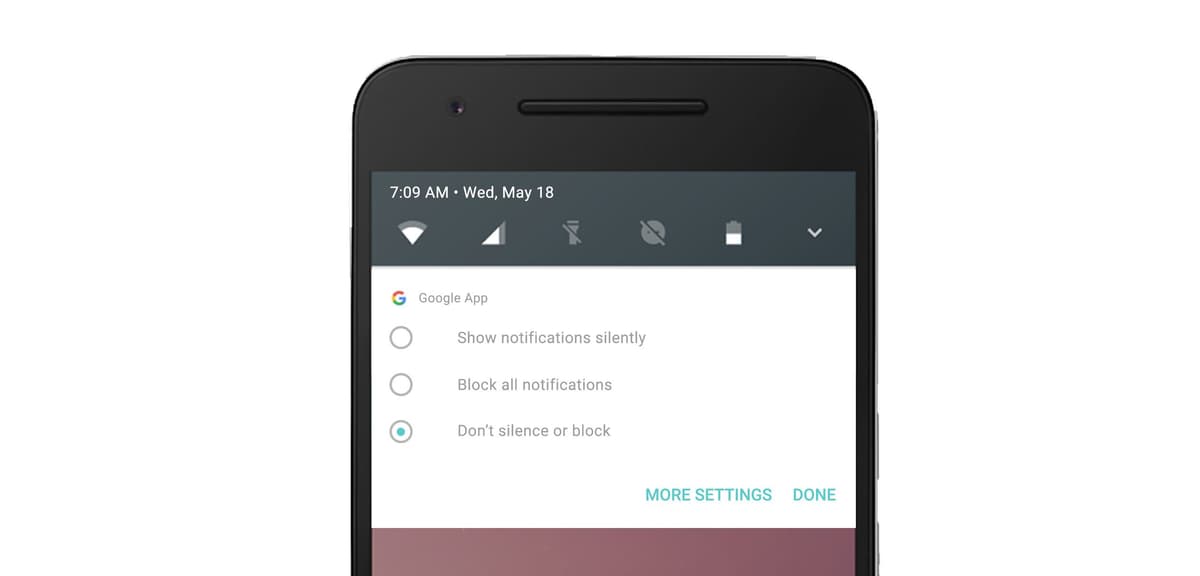Opting Out of Android Push Notifications Just Got a Whole Lot Easier
Published on June 21, 2016/Last edited on June 21, 2016/4 min read


Todd Grennan
Content Production Principal, Content Marketing at BrazeDear reader: This blog post made its original debut in Appboy’s Relate Magazine. Pocket its pearls of wisdom, and then for more information, check out our new Cross-Channel Engagement Difference Report!
For a lot of people, when they think about mobile messaging, they think of push notifications. And while that’s an incomplete view—there’s more to push than just smartphones and tablets, and channels like in-app messaging, email, and News Feed Cards should all be part of your mobile outreach mix—the association is understandable. Push notifications came to prominence with mobile and they’re still one of the most effective ways to reach customers with urgent outreach.
But they only work if your customers are willing to opt-in to receive them. And a little-noticed announcement at last month’s Google I/O event suggests that reaching Android customers with push is about to get a lot harder.
The Android/iOS opt-out difference
Right now, only 40% of iOS users and 60% of people on Android currently accept push notifications. And a major factor in the opt-in gap between iOS and Android apps is the way that each operating system handles app permissions.
On iOS, in order to get permission to send a customer push notifications (or to collect their location information, access their contacts, or use their phone’s camera, for that matter), brands have to trigger an iOS system prompt that allows customers to opt in or not. That makes it easy for customers to say no. Android, on the other hand, has traditionally granted app permissions in bulk at the time of install—meaning that someone who chose to download an Android app had to manually opt out of push after the fact, making it less likely that they take that step.
The new announcement: Two taps and (opted) out
During Google I/O, David Burke, Google’s vice president of engineering for Android, announces that Android N—the new version of the mobile OS, due later this year—would make it even easier for users to silence or opt out of push notifications. He wasn’t kidding: on Android N, when a user receives a push notification from one of their apps, all they have to do to access that app’s push notification permissions setting is long tap the message; a second click can make future pushes from that app silent, or block them completely.
That’s a game-changer for Android push notifications. By removing a major obstacle that Android users face when it comes to opting out of push notifications (namely having to find and manually update push permissions), Google’s update will likely lead customers to rescind push approval more frequently, potentially limiting the impact of this messaging channel on Android.
How marketers can respond
It’s always been a good idea to send your customer messages that are relevant and add value. But with Google’s new announcement, providing customers with a top-flight, individually customized messaging experience isn’t a nice-to-have thing anymore—it’s essential.
With this update to Android N, if you send an irrelevant or annoying push notification to one of your Android users, they’re only two taps away from opting out of push. And that’s true for every single push you send them. Using this channel in slapdash or generic ways is a recipe for a major drop in the number of customers you can reach with push.
To avoid that, marketers can:
- Personalize the messages they send for each recipient
- Target their outreach to customers based on their preferences and in-app behavior
- Use send-time optimization to make sure that users get push notifications at times when they’re open to engaging
- Take advantage of multivariate testing to optimize the messages they send
- Keep the user experience central to their messaging by putting themselves in their customers’ shoes
By focusing on using your messaging to create and maintain strong, mutually beneficial relationships with your customers, you can incentivize them to stay opted in for push notifications while also making it more likely that they stick around over the long-term.
Related Tags
Be Absolutely Engaging.™
Sign up for regular updates from Braze.
Related Content
View the Blog
How behavioral marketing turns data into personalized experiences

Team Braze

Experience optimization: Turning data insights into better journeys

Team Braze

December 2025 Bonfire Marketer of the Month: Jagex’s Emma Oliver
